Starting at the picture
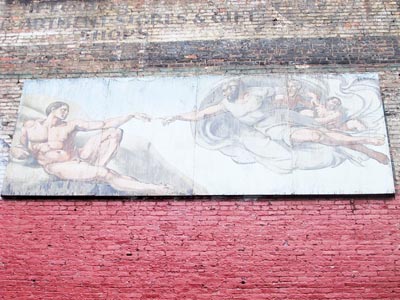
No matter where you are when you begin or get up to go again, whether this is your first class in photography or your fifteenth, whether you're continuing from last term or going back to school for the first time after a long break — we have to start at the picture itself.
What I mean is, learning photography begins with paying attention to pictures.
Did you see that picture?
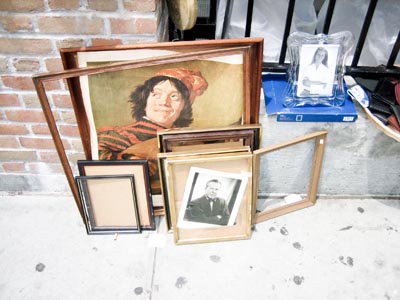
A term-long assignment in my class is to keep a picture journal. It doesn't matter what camera you use, or if you use a camera at all. My own journal has pictures from websites and cell phone snaps of magazine pages.
The purpose is to pay attention to pictures that grab you, that inspire you; to mark the moments when pictures tweak you.
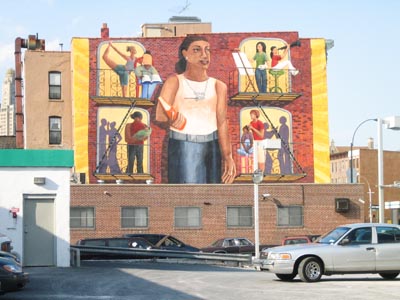
I love today's tools for this purpose. My favorite is Lightroom, but Bridge works fine too, as does any of the other picture management applications. The key is to have robust metadata fields that are easy to access.
Here's what you do: snapshot a picture that thrills or puzzles you, and download it to the folder that you've designated as your journal. Then, before too much time goes by, write a few words in the description field — where were you when you saw that picture? who were you with? what did it make you think about?

Similarly, when you're browsing the web, grab pictures that grab you and copy them into that folder. Then, copy the URL and anything else that feels relevant and paste it into the appropriate metadata field. I've got entire newspaper articles embedded in my jpgs! I don't know the limit, but some of my entries are several thousand words long!
Also, when I go to galleries or museums I snap the wall-text and add it too, along with notes and frames of the pictures that were on exhibit. In fact, I'll often email artists whose work I've just seen and, if they write back (which they almost always do!), I copy and paste their response into the metadata of the picture that I took at the gallery.
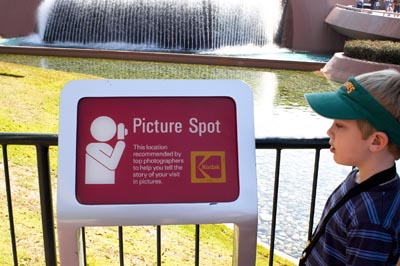
As you might know, these collections were once contained in file cabinets. In fact, my father had several of them stuffed with old post cards and random flyers picked up while traveling, museum announcements, barely legible letters, and coffee stained napkins from diners on the road. And while I love that physical anthropology of a lifetime, the texture and smell of it, it's bulky and heavy and difficult to move whenever I relocate (which is too frequent!).
Now, of course, computer files can't replicate the materiality of the artisanal collection, but in its favor, the digital journal is searchable and infinitely expandable. And visible: just set your display to randomized slideshow and you'll thrill to unexpected juxtapositions of your visual experience — it's a mash-up of your life.
As well, the digital journal remains at your fingertips as long as you continue to add textual details from your day.
So, in addition to actually collecting the pictures, the assignment is to spend an hour a week entering keywords in your journal.
After just a few weeks you'll begin reaping the benefit of your focused attention. Not only will your brain be primed for noticing pictures that you want to make for yourself, but you'll also have the a record of what mattered along the way.
This is an essential component to your arts education — this is what artists do, in fact, at root: we pay attention to the way the world feels. And we chart our history through our lives with the artifacts we encounter and leave behind.
Pictures matter. This is where we start.
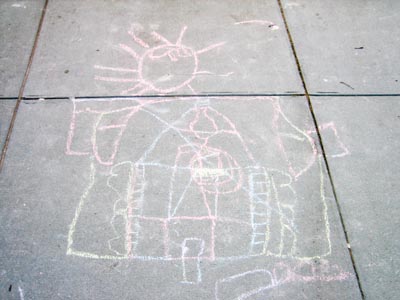
Comments